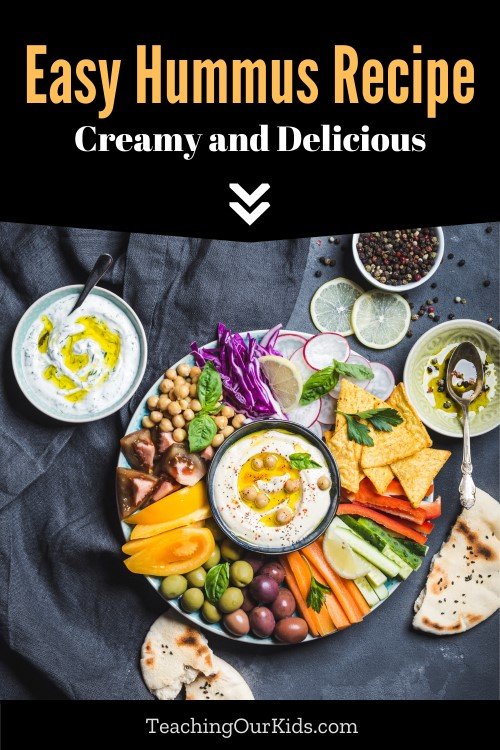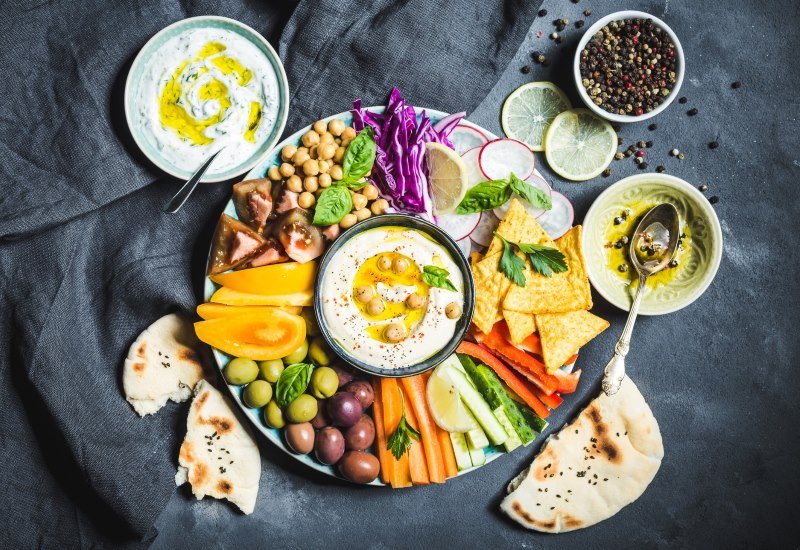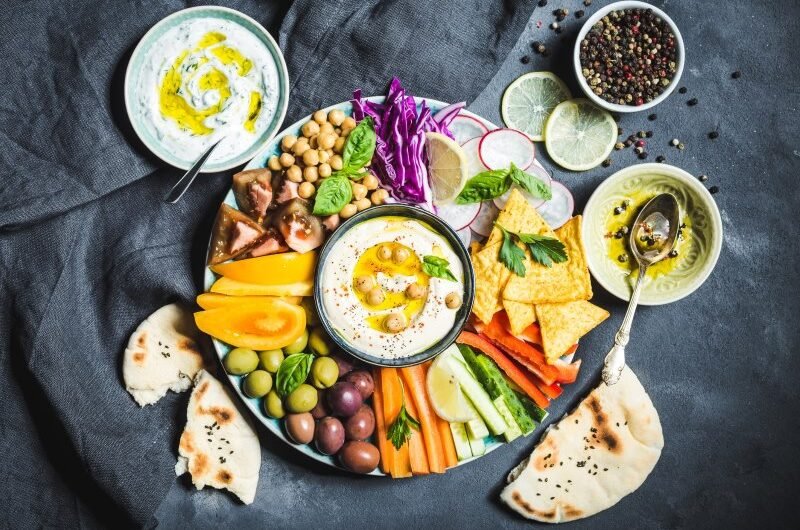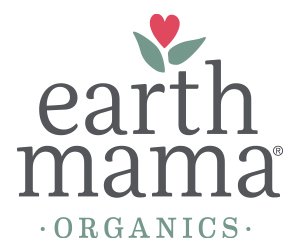Hummus, a creamy and flavorful dip, spread, or base for a variety of dishes, has its roots deeply embedded in Middle Eastern cuisine. Traditionally made from chickpeas (also known as garbanzo beans), tahini, lemon juice, and garlic, this versatile dish has gained immense popularity across the globe. Its rich, smooth texture and mild, savory taste make it an appealing choice for children and adults.
One of the reasons hummus has become a favorite among kids is its adaptability. It can be used as a dip for vegetables and pita bread, a spread for sandwiches and wraps, or even as a base for more complex dishes like hummus pizza or pasta. This flexibility allows parents to incorporate it into various meals, ensuring their children enjoy a healthy and balanced diet without compromising on taste.
Health Benefits of Hummus for Kids
Hummus is a nutritional powerhouse, particularly beneficial for growing children. One of its key advantages is its high protein content. Protein is essential for muscle development, tissue repair, and overall growth. Chickpeas, the main ingredient in hummus, are rich in protein, making this dip a fantastic choice for children who need a balanced diet.
In addition to protein, hummus is packed with dietary fiber. Fiber aids in digestive health, helping to prevent constipation and promoting regular bowel movements. For kids, whose digestive systems are still developing, fiber is a crucial component of their diet.
Hummus is also a treasure trove of vitamins and minerals. Vitamin B6, found in chickpeas, supports brain development and function. Iron is another critical nutrient in hummus, playing a vital role in forming hemoglobin, which transports oxygen in the blood. Magnesium, also present in chickpeas, contributes to bone health and energy production, helping kids stay active and strong.
Another significant health benefit of hummus is its content of healthy fats. Tahini, made from sesame seeds, and olive oil are both integral parts of hummus. These ingredients provide monounsaturated and polyunsaturated fats, which are essential for brain development and overall cellular health. Healthy fats also help in the absorption of fat-soluble vitamins, ensuring that children get the most out of their meals.
Simple Hummus Recipe for Kids
The simple hummus recipe below is not only easy to prepare, but also offers a fun way for kids to get involved in the kitchen.
To begin, gather the following ingredients: one can of chickpeas (drained and rinsed), 1/4 cup of tahini, 4 tablespoons of fresh lemon juice, 1-2 cloves of garlic (minced), 3-4 tablespoons of olive oil, and 1/3 to 1/2 teaspoon of salt.
Start by placing the chickpeas, tahini, lemon juice, and minced garlic into a food processor. It’s a great idea to let kids help with measuring the ingredients and adding them to the processor. Add the olive oil and salt next. With supervision, allow the kids to operate the food processor. Blend the ingredients until a smooth, creamy texture is achieved. If the hummus is too thick, you can add a tablespoon of water at a time until the desired consistency is reached.
To make the experience more engaging for children, consider offering variations. For instance, adding roasted red peppers can give a sweet, smoky flavor that kids might enjoy. Alternatively, a pinch of cumin can introduce a slightly nutty and warm taste to the hummus. Encourage kids to taste the hummus and suggest their own creative additions.
Not only does this activity promote healthy eating habits by incorporating nutritious ingredients, but it also helps develop basic cooking skills. Measuring ingredients teaches precision and patience, while operating the food processor under supervision can boost confidence and coordination. Making hummus together can be a bonding experience that instills a love for cooking and healthy food choices in kids.
Serve the hummus with sliced veggies, whole grain crackers, or pita bread. It’s an excellent snack option that is both delicious and packed with nutrients, making it perfect for kids’ growing bodies.
Simple and Delicious Hummus Recipe
Recipe by AgnesDifficulty: Easy20
minutes20
minutesIngredients
Directions
- Place the chickpeas, tahini, lemon juice, and minced garlic in a food processor.
- Next, add the olive oil and salt.
- Blend the ingredients until a smooth, creamy texture is achieved. If the hummus is too thick, you can add a tablespoon of water at a time until the desired consistency is reached.
- Transfer to a serving bowl and drizzle with olive oil. Sprinkle with paprika, smoked paprika, Za’atar, sumac, or anything else you’d like.
- Serve with vegetables, pita, and/or crackers.
Notes
- Store homemade hummus in an airtight container for up to 5-7 days.
Serving Hummus with Vegetables
Kid-friendly vegetables that pair well with hummus include carrot sticks, cucumber slices, bell pepper strips, and cherry tomatoes. These vegetables are not only visually appealing but also packed with essential nutrients. Carrots are an excellent source of vitamin A, which is crucial for eye health. Cucumbers provide hydration and are rich in vitamin K, important for bone health. Bell peppers are abundant in vitamin C, which supports the immune system, while cherry tomatoes offer a good dose of antioxidants, such as lycopene, which helps protect cells from damage.
Incorporating a variety of vegetables into your child’s diet can significantly increase their intake of dietary fiber, promoting healthy digestion and reducing the risk of chronic diseases. To make the snack more enticing, consider arranging the vegetables in fun shapes or creating a colorful veggie platter. For instance, you can use a cookie cutter to shape cucumber slices into stars or hearts, making them more appealing to young children. Additionally, arranging the vegetables in the form of a rainbow or a friendly face can make the snack visually stimulating, encouraging kids to try different vegetables.






